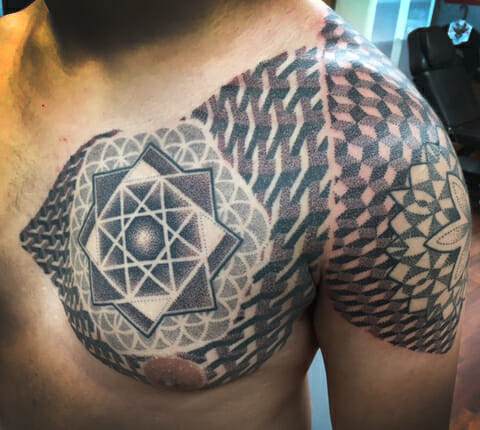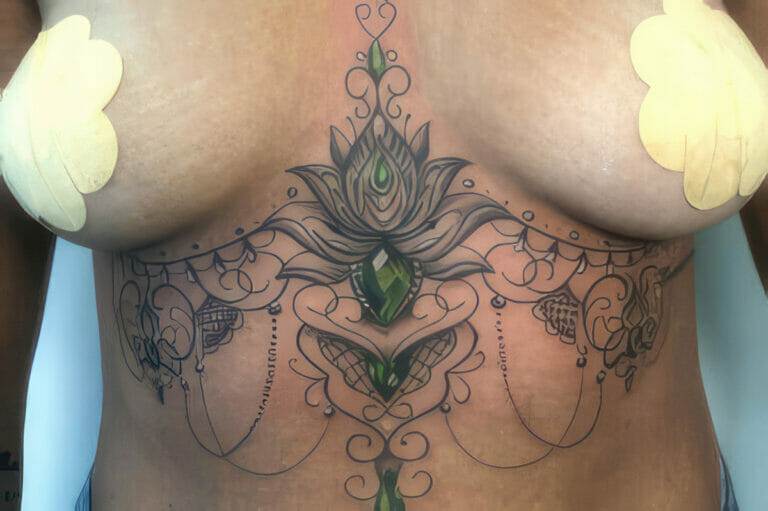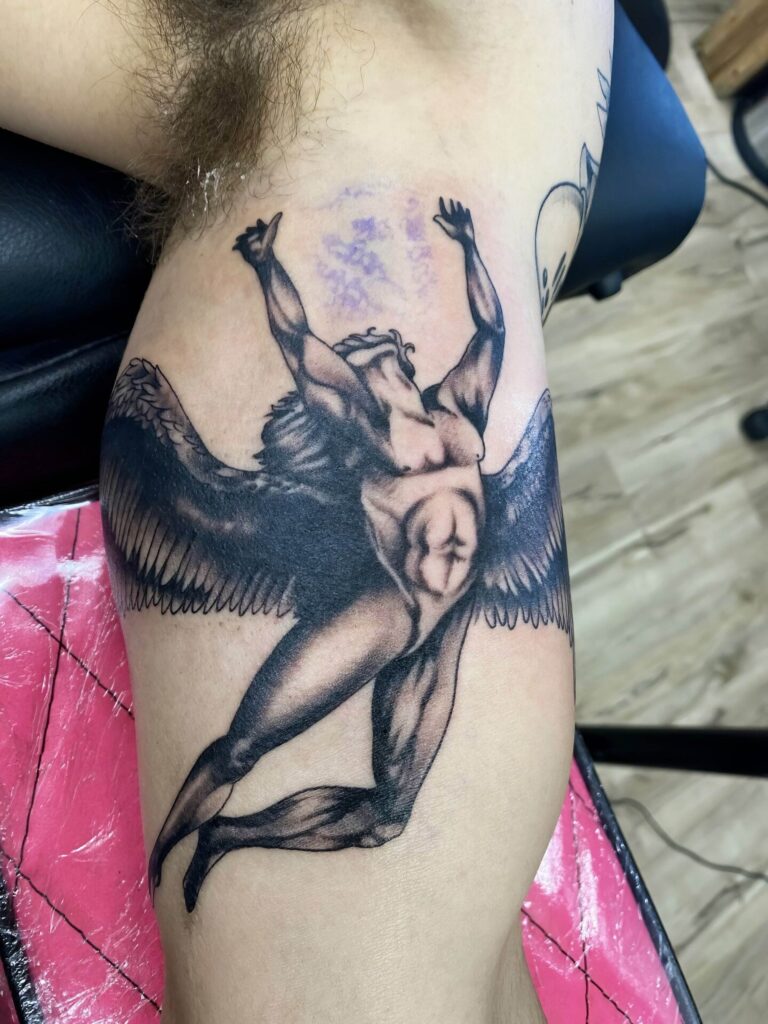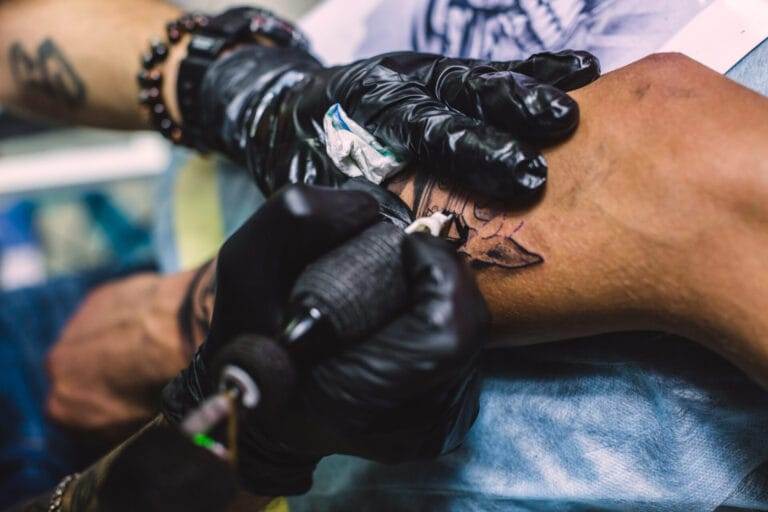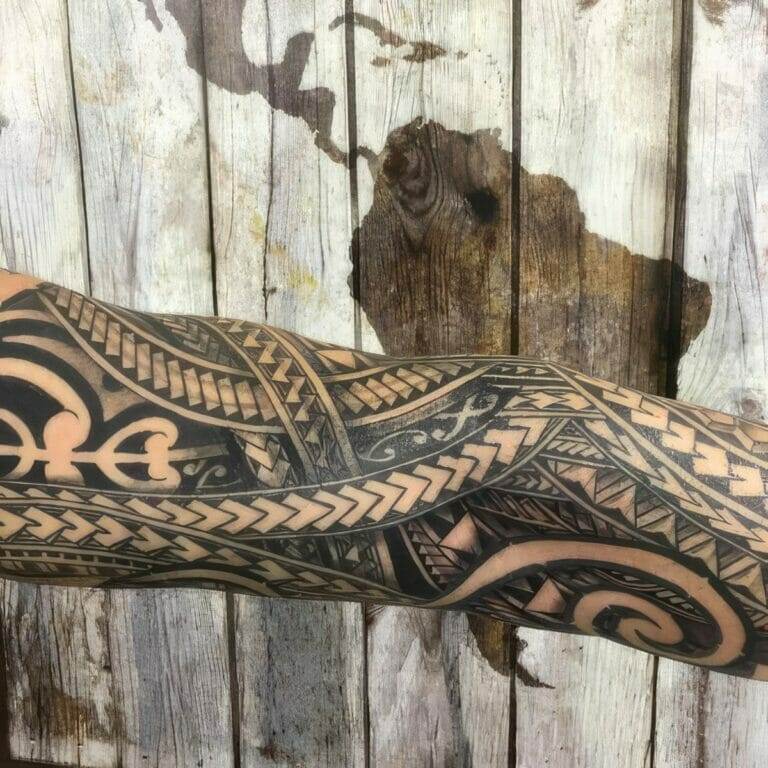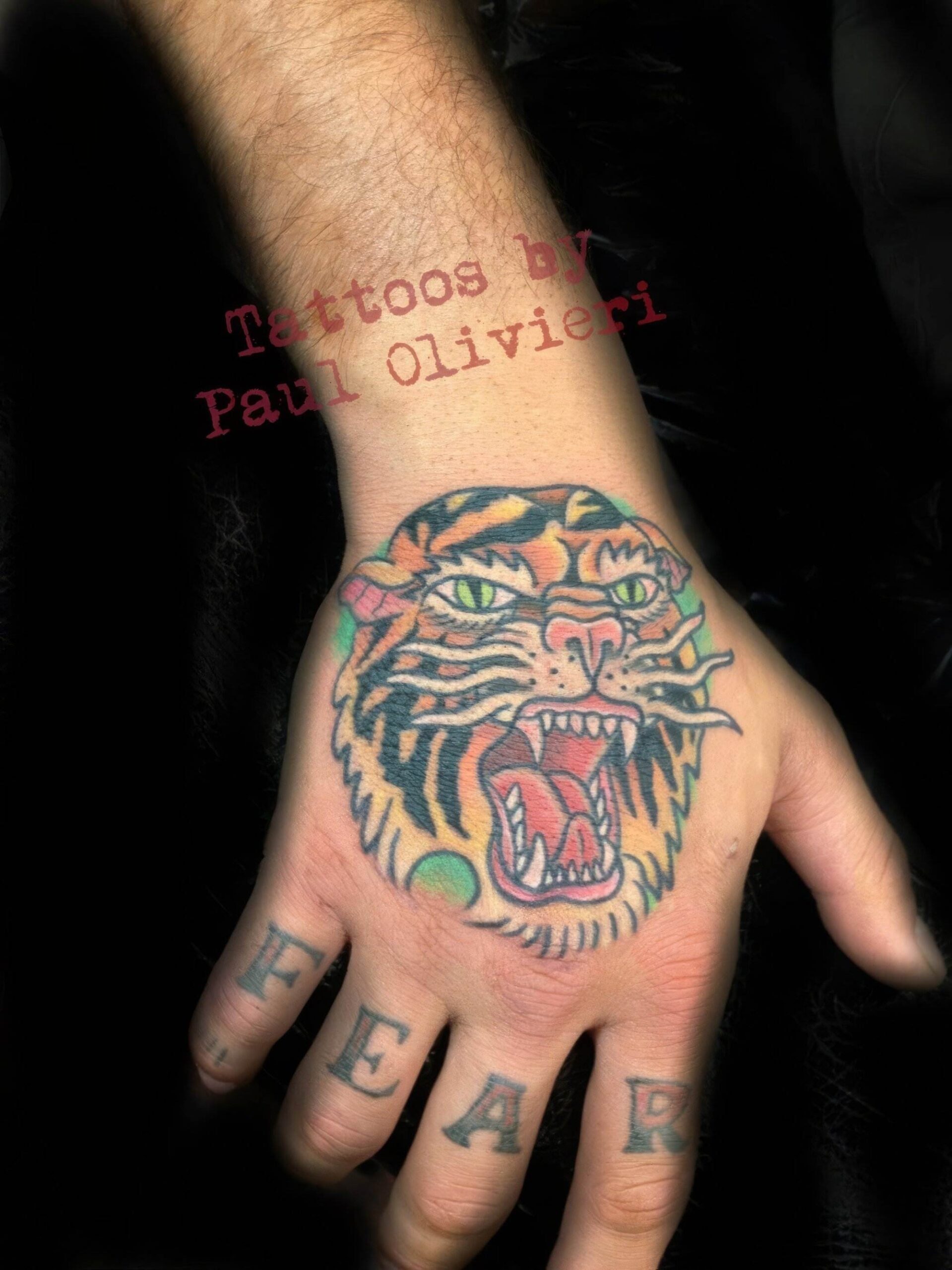
Finger and hand tattoos have gained immense popularity in recent years, largely due to their visibility and the personal expression they offer. The placement of these tattoos is crucial, as it can significantly affect their impact and longevity. Fingers provide a limited canvas, which means that designs must be small and intricate.
Common placements include the sides of the fingers, the knuckles, and the back of the hand. Each area presents unique challenges and opportunities for creativity. For instance, tattoos on the knuckles are often bold and can be read easily from a distance, while designs on the sides of the fingers may require a closer look to appreciate their detail.
The size of finger and hand tattoos is equally important. Smaller designs tend to work better in these areas due to the limited space available. However, this does not mean that larger pieces cannot be executed on the hand; they simply require more careful planning and consideration.
A larger tattoo on the hand can extend onto the wrist or forearm, creating a cohesive piece that flows with the body. Ultimately, understanding the nuances of placement and size is essential for anyone considering a finger or hand tattoo, as it can influence not only the aesthetic appeal but also the tattoo’s longevity.
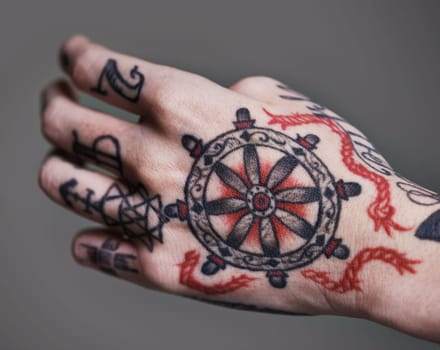
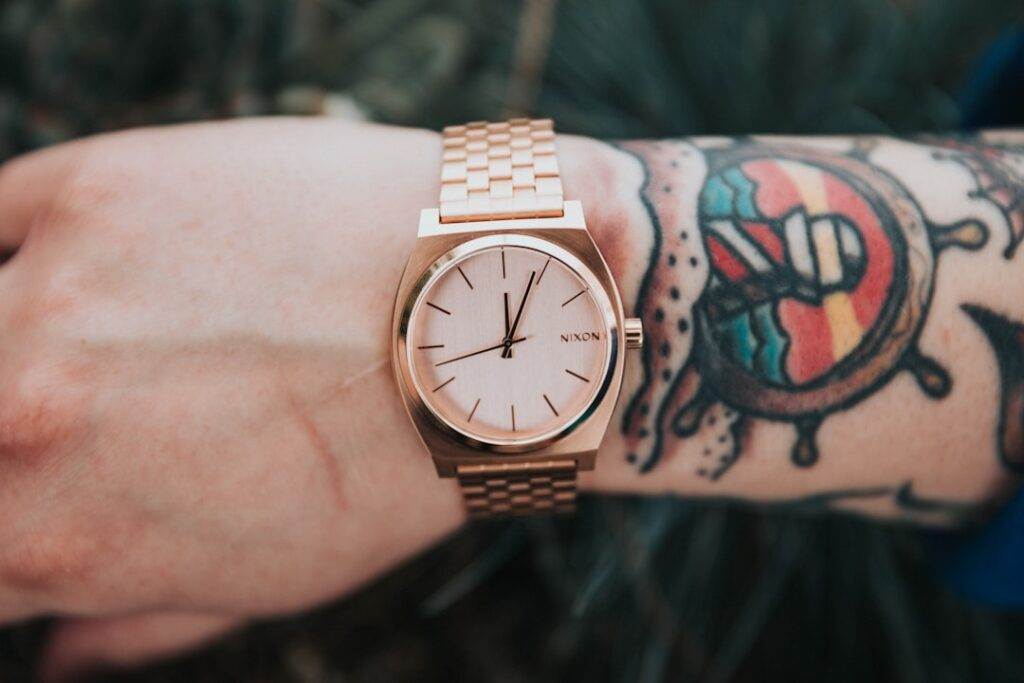
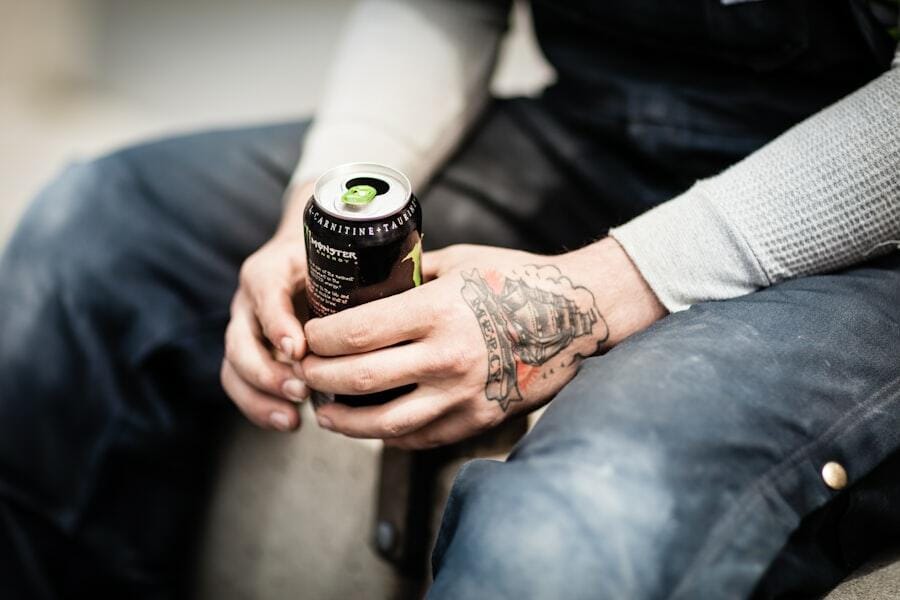
Key Takeaways
- Finger and hand tattoos are small and delicate, requiring careful placement and size considerations to ensure longevity and visibility.
- When choosing a design for finger and hand tattoos, opt for simple and bold designs that will stand the test of time and remain legible.
- Finger and hand tattoos can be more painful and may require longer healing times due to the constant movement and exposure to elements.
- Consider the potential professional and social implications of finger and hand tattoos, as they may be more visible and can impact certain career paths and social interactions.
- Long-term care and maintenance for finger and hand tattoos is crucial, as these areas are prone to fading and may require more frequent touch-ups.
- Potential risks and complications of finger and hand tattoos include fading, blurring, and difficulty in finding a skilled and experienced tattoo artist for these small and intricate designs.
- Finger and hand tattoos hold cultural and symbolic significance in various societies, often representing commitment, connection, or protection.
- When getting finger and hand tattoos, it’s important to find a skilled and experienced tattoo artist who has expertise in working on small and delicate areas.
Choosing the Right Design for Finger and Hand Tattoos
Selecting the right design for finger and hand tattoos is a deeply personal process that reflects individual identity and values. Given the limited space available, designs often lean towards minimalism or intricate detail. Popular choices include symbols, words, or small images that hold significant meaning for the wearer.
For example, many people opt for meaningful quotes or initials of loved ones, which serve as constant reminders of what matters most to them. The design should resonate with the individual, as it will be prominently displayed and visible in everyday life. Moreover, it is essential to consider how the design will age over time.
Finger and hand tattoos are more prone to fading due to frequent exposure to sunlight and constant movement. Therefore, choosing a design that can withstand the test of time is crucial. Bold lines and solid colors tend to hold up better than intricate details or fine lines, which may blur over time.
Additionally, it’s wise to think about how the design will fit with other tattoos if there are existing ones. A cohesive theme or style can enhance the overall appearance of one’s body art.
Potential Pain and Healing Process for Finger and Hand Tattoos
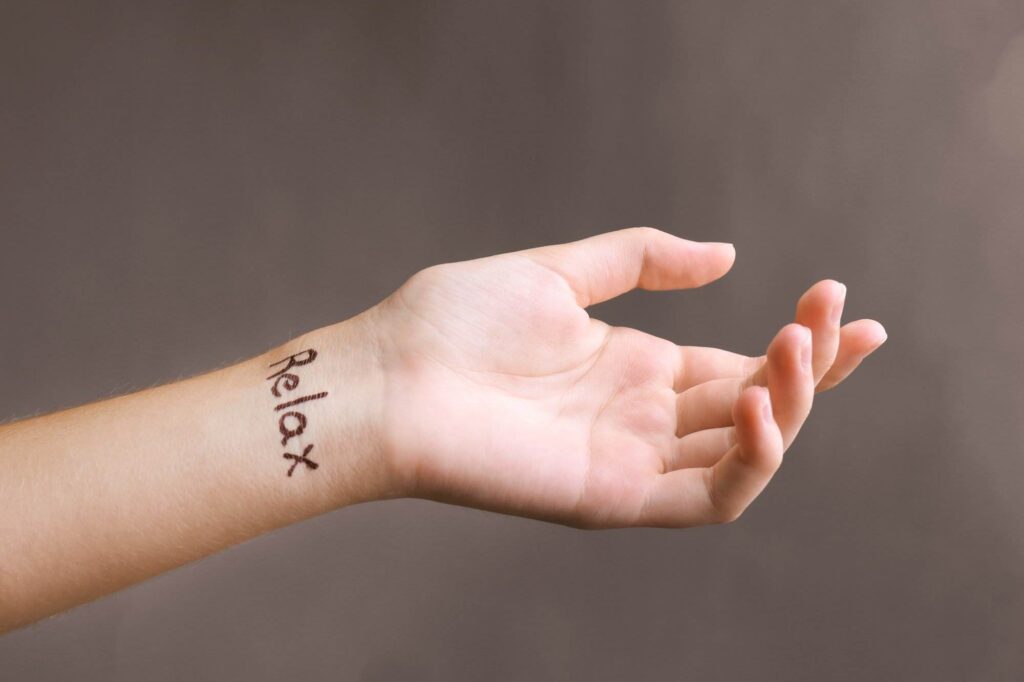
When contemplating finger and hand tattoos, potential pain levels are an important consideration. The skin on the fingers and hands is thinner than on other parts of the body, making these areas more sensitive to tattooing. Many individuals report that getting tattooed on their fingers or hands can be more painful than other locations due to the proximity of bones and nerves.
However, pain tolerance varies from person to person, so experiences can differ widely. It’s advisable for those who are particularly sensitive to pain to prepare mentally for the experience. The healing process for finger and hand tattoos also requires special attention.
These areas are frequently used in daily activities, which can complicate healing. After getting a tattoo, it’s crucial to follow aftercare instructions meticulously to prevent infection and ensure proper healing. Keeping the tattoo clean and moisturized is essential, as is avoiding excessive movement that could stretch or irritate the skin during the healing phase.
Typically, finger and hand tattoos may take longer to heal than tattoos in less active areas due to their constant use.
Considerations for Professional and Social Implications of Finger and Hand Tattoos
Finger and hand tattoos can carry significant professional and social implications that should not be overlooked. In many industries, visible tattoos may still be viewed unfavorably, potentially impacting job prospects or career advancement opportunities. It’s essential for individuals to consider their professional environment before committing to a visible tattoo in these areas.
Some workplaces have strict policies regarding body art, while others may be more accepting. Understanding these dynamics can help individuals make informed decisions about their tattoo placements. Socially, finger and hand tattoos can also elicit varied reactions from friends, family, and acquaintances.
While some may embrace body art as a form of self-expression, others may hold traditional views that could lead to negative judgments. It’s important for individuals to be prepared for differing opinions and to stand firm in their choices if they feel strongly about their tattoos. Engaging in open conversations about body art can help bridge understanding between differing perspectives.
Long-Term Care and Maintenance for Finger and Hand Tattoos
Long-term care and maintenance are vital for preserving the beauty of finger and hand tattoos over time. Due to their exposure to elements like sunlight and water, these tattoos require diligent care to prevent fading or distortion. Regularly applying sunscreen when exposed to sunlight can significantly extend the life of a tattoo by protecting it from UV rays that cause fading.
Additionally, moisturizing the skin helps maintain its elasticity and keeps the tattoo looking vibrant. Regular touch-ups may also be necessary for finger and hand tattoos as they age. The skin in these areas is subject to wear and tear from daily activities, which can lead to fading or blurring of fine details.
Scheduling periodic visits with a skilled tattoo artist for touch-ups can help maintain the integrity of the design over time. By prioritizing long-term care, individuals can ensure that their finger and hand tattoos remain as striking as they were on the day they were inked.
Potential Risks and Complications of Finger and Hand Tattoos
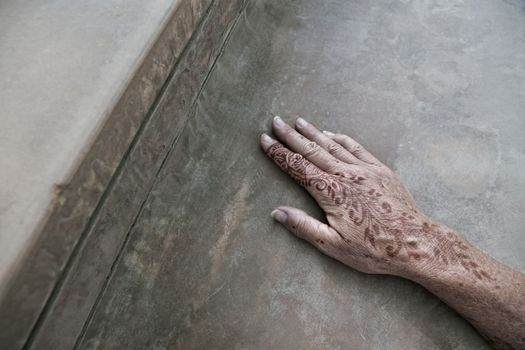
While finger and hand tattoos can be beautiful forms of self-expression, they also come with potential risks and complications that should be considered before getting inked. One significant risk is infection, which can occur if proper aftercare is not followed or if the tattoo artist does not adhere to strict hygiene practices. The hands are often exposed to various environments that could introduce bacteria into an open wound, making it crucial to keep the area clean during the healing process.
Another complication that may arise is allergic reactions to tattoo ink or other materials used during the tattooing process. Some individuals may experience itching, swelling, or redness in response to certain pigments or additives in the ink. It’s advisable for those with sensitive skin or known allergies to discuss these concerns with their tattoo artist beforehand.
Being aware of these potential risks allows individuals to take proactive measures to minimize complications associated with finger and hand tattoos.
Cultural and Symbolic Significance of Finger and Hand Tattoos
Finger and hand tattoos often carry deep cultural and symbolic significance across various societies around the world. In many cultures, tattoos serve as rites of passage or markers of identity, representing personal beliefs or social status. For instance, in some Indigenous cultures, hand tattoos may symbolize strength or connection to heritage.
Understanding these cultural contexts can enrich one’s appreciation for finger and hand tattoos beyond mere aesthetics. Additionally, many individuals choose designs that hold personal symbolism—such as family crests, spiritual symbols, or meaningful quotes—that reflect their life experiences or values. These tattoos become a part of their identity, serving as constant reminders of what they cherish most deeply.
By choosing designs with cultural or personal significance, individuals can create a lasting connection between their body art and their life journey.
Finding a Skilled and Experienced Tattoo Artist for Finger and Hand Tattoos
Finding a skilled and experienced tattoo artist is crucial when considering finger and hand tattoos due to the intricacies involved in these designs. Not all tattoo artists specialize in small-scale work or have experience with delicate placements like fingers or hands. It’s essential to conduct thorough research by reviewing portfolios that showcase previous work in similar areas.
This will provide insight into an artist’s style, technique, and ability to execute fine details effectively. Moreover, engaging in consultations with potential artists can help gauge their expertise and approach to tattooing finger and hand designs specifically. A good artist will not only listen to your ideas but also provide valuable feedback on design choices, placement options, and aftercare recommendations tailored for these sensitive areas.
Building a rapport with an artist who understands your vision will ultimately lead to a more satisfying tattoo experience and a result you’ll cherish for years to come.
FAQs
What are finger and hand tattoos?
Finger and hand tattoos are designs or images that are permanently inked onto the skin of the fingers or hands using a tattoo machine and ink.
Are finger and hand tattoos more painful than tattoos in other areas?
Yes, finger and hand tattoos tend to be more painful than tattoos in other areas of the body due to the lack of muscle and fat in these areas, as well as the high concentration of nerve endings.
What are the potential risks of getting a finger or hand tattoo?
Potential risks of finger and hand tattoos include infection, fading of the tattoo over time, and difficulty in the healing process due to the constant use of the hands.
How should I care for a finger or hand tattoo after getting it done?
After getting a finger or hand tattoo, it is important to keep the area clean and moisturized, avoid exposing it to excessive sunlight, and follow the aftercare instructions provided by the tattoo artist.
Can anyone get a finger or hand tattoo?
While anyone can technically get a finger or hand tattoo, it is important to consider the potential impact on employment opportunities and the fact that these tattoos may be more visible and harder to conceal.

